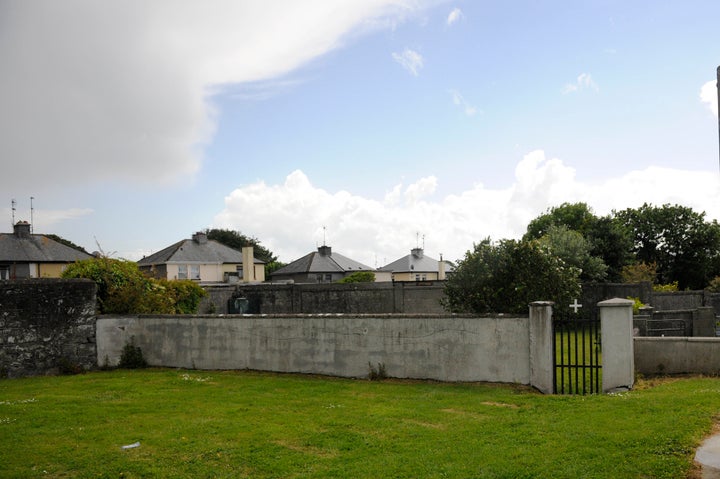
Mary Kelly, died six months of age. John Flattery, died two years old. William McDoell, died after only two short days of life.
These are just three of the 796 names of the babies and small children allegedly buried in a sewage system at a former “mother and baby home’’, an institution in Tuam, Co Galway between 1925 and 1961. It is a horror story beyond imagination. Stephen Flynn was also born in a “mother & baby home”. Because of Ireland’s closed and secret adoption system it’s not clear exactly when Stephen died, though it seems to have been between three and five months old in early 1972.
I was also born in a “mother and baby home” and Stephen was my baby brother.
Stephen lies in a “pauper’s grave’”, in secret anonymity with strangers who are not his kin, and both he and the 795 other little ones in Tuam, as well as countless unknown others, lie in a shame-laden limbo, one that does not lay their bones to respectful rest where family members can visit to honour, remember, grieve and heal.
The truth of the circumstances of their births, their tiny lives and possible preventable, deaths is not simply unknown, but has been kept hidden by many for decades. Over the last year since the finding of remains in Tuam was officially confirmed I’ve watched as more and more international news outlets have covered the story, at least as much as I could bear before deep sadness or rage took hold. It seems that at least the whole country now believes that something happened that should not have happened, not just at Tuam but in many institutions across the country.
The Tuam burial site is, among other things, a crime scene. It is illegal in Ireland to bury a body in an unofficial cemetery or unmarked grave and here we have nearly 800 of them. It was illegal in Ireland to bury a body without a coffin prior to 2011, and here we have nearly 800 of them; it is a crime scene and should be treated as such. Ex-residents and families are clear, they want excavation and DNA analysis and where possible the return of remains to family members.
I read and hear people talk about “putting our shame behind us” if only it were so easy for those of us with the DNA of it in every cell of our bodies to “put it behind us” while there are still burial sites to be investigated, full details of the causes of death yet to be determined and babies, like Stephen, lying in secret locations in unmarked anonymous graves.
Make no mistake though, this chapter of Irish life does not solely belong in the past, it lives and breathes through each one of us who were born in these institutions, those who gave birth in them, the silenced fathers, the traumatised mothers, the siblings who didn’t, and still don’t, know they have siblings. It permeates our relationships, it seeps and soaks into how we see ourselves, it is our ancestral lineage and we bring it with us, no matter how much we wish we didn’t, into every day of our lives. Tuam is not the end of a story, nor is it an isolated instance in relation to how women and children were mistreated, it is just the beginning, there are more institutions, more unexamined burial sites, more bodies, more revelations to come, of that I have no doubt.
Now, to get to work giving my brother Stephen the resting place he deserves.
